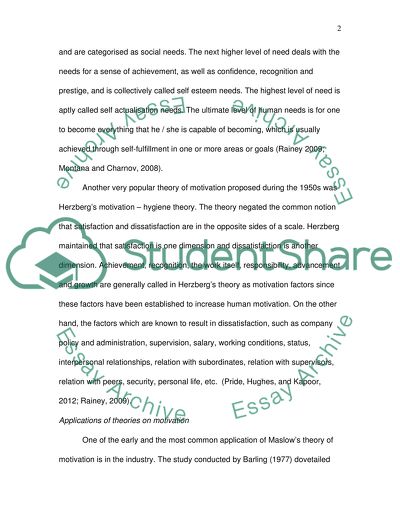Cite this document
(“Environmental Reporting: Motivation Essay Example | Topics and Well Written Essays - 2750 words”, n.d.)
Retrieved from https://studentshare.org/psychology/1416218-environmental-reporting-motivation
Retrieved from https://studentshare.org/psychology/1416218-environmental-reporting-motivation
(Environmental Reporting: Motivation Essay Example | Topics and Well Written Essays - 2750 Words)
https://studentshare.org/psychology/1416218-environmental-reporting-motivation.
https://studentshare.org/psychology/1416218-environmental-reporting-motivation.
“Environmental Reporting: Motivation Essay Example | Topics and Well Written Essays - 2750 Words”, n.d. https://studentshare.org/psychology/1416218-environmental-reporting-motivation.


